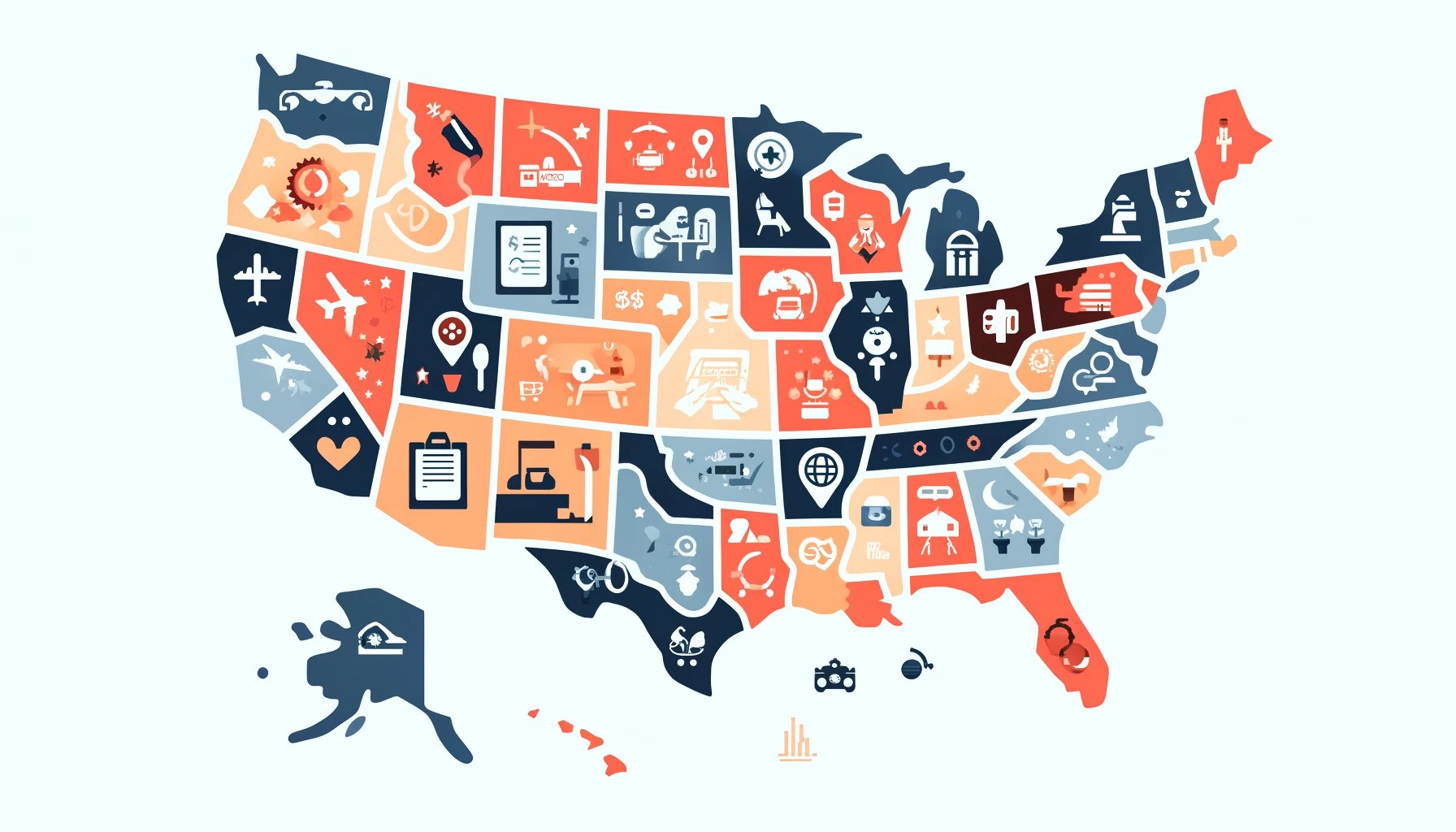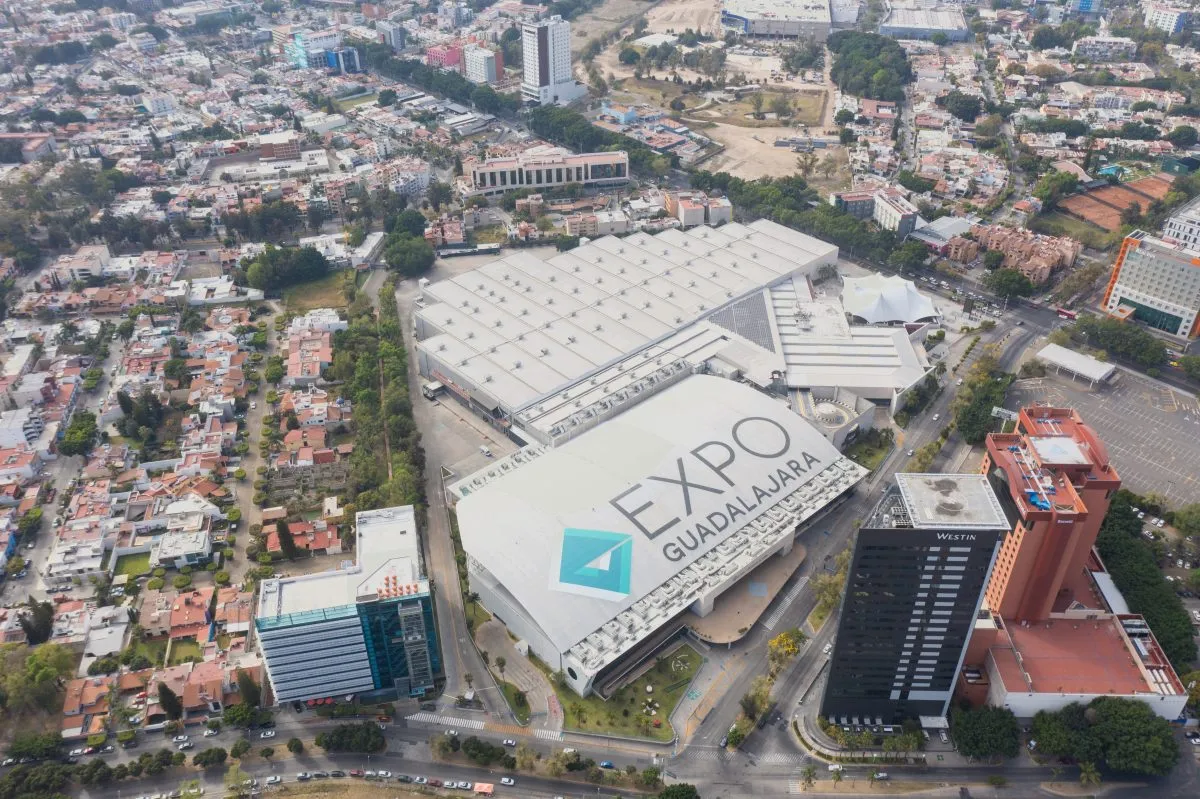GBTA Reveals Domestic Meetings Spend in 2022

Skift Take
In August, The Global Business Travel Association (GBTA) published data setting the total global spending on business travel in 2022 at $1.03 trillion. Last week, GBTA released a new report on the economic impact of domestic business travel in the U.S. Here are some of the most important takeaways.
Total Spending and Jobs
- The total expenditure on U.S. domestic business travel was $421.1 billion, contributing $119 billion in taxes.
- U.S. domestic business travel supported 6 million jobs, representing 3.5% of total employment.
- For every dollar spent on business travel, $1.15 was returned to the U.S. economy as net new gross domestic product (GDP).
- Of the direct jobs supported by business travel, 38% were in food services, 19% in accommodations and 11% in transportation and warehousing.
According to the report, two-thirds of all U.S. business travel falls under the “transient” category, which includes individual sales trips, client service trips, government and military travel, and travel for construction or repairs. The other third falls under “group” travel, which includes conferences, conventions, training, and seminars. Looking specifically at meetings and conventions, they made up approximately 21.8% of all U.S. business travel volume in 2022.
Breaking Down Meeting Operation Expenditures
While the largest portion (64.5%) of the grand total in expenditures is attributed to trip-related spending (64.5%, $149.5 billion), more than a third (35.5%) is attributed to meeting operation expenditures ($271.6 billion).
Breaking down the $149.5 billion spent in 2022 on meeting operations into different categories works out as follows:
- Food and beverage ($41.1 billion)
- Entertainment/speakers/production ($32.9 billion)
- Meeting administration ($23.6 billion)
- Other meeting operations ($19.4 billion)
- Meeting venue rental ($12.1 billion)
- Meeting registration fees ($11.5 billion)
- Transportation and staff travel ($9 billion)
Demographics of Business Travelers and Meeting Attendees
The report also looks at the demographic attributes of U.S. domestic business travelers. The average age of U.S. business travelers is 44.3 years. One-third (33.9%) have an annual household income below $50,000 and 31.5% above $100,000, with the remaining third falling in between.
Looking at the gender split, GBTA shared figures for conference and convention travel. While women comprised 47.7% of total business-leisure trip volume, they represented 42.1% of conference and convention travel and only 36.6% of other business travel. The figures suggest that men were more likely to travel for business overall, but proportionally, women were more likely to add a leisure component to their trip.
The report was developed by Rockport Analytics using numerous data sources and inputs, including Longwoods International, MMGY/D.K. Shifflet TRAVEL PERFORMANCE/Monitor, the US Bureau of Economic Analysis (BEA), International Air Transport Association (IATA), The US Department of Commerce’s National Travel & Tourism Office (NTTO), the Bureau of Transportation Statistics (BTS), the Events Industry Council (EIC) and IMPLAN. The full report is available for download here.





